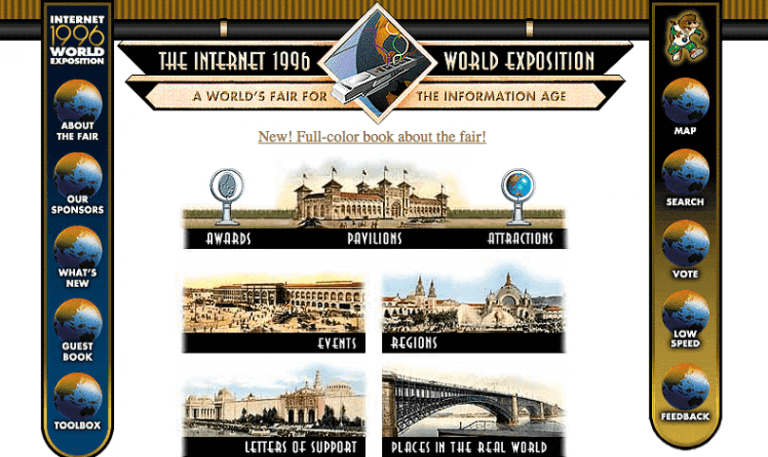


JUSTINMIND BACKGROUNG BLACK DRIVER
In our example, we want a user to click on an icon on the map to show information about the driver and their precise location. When a user clicks on a point on the map, we want a tool tip to appear. In the X field, choose With cursor and in the Y field, choose Current. At the foot of the Dialog you’ll see X and Y options. Create an “On Drag” + “Move” event from the drop-down options at the top of the Dialog. Click Add Event in the Events palette, and a Dialog will pop up. To make it slide left and right, you have to add an “On Drag” + “Move” event. Right-click and group the rectangle and the image widget together. Use the Image widget and add an image of the customer slider icon. Drag a rectangle onto the canvas, then resize and color it to your own preferences. Make sure you’re on the Book a Cab screen you made earlier. In our example, there are 3 options: Lite for the solo traveller, Executive for those who like to splash the cash and Family for big groups. Let’s add a price slider so users have the option of which car they want to ride in. Is a ride-sharing app complete without the choice to ride in a luxury Mercedes? Probably not. Step six: Create a realistic price slider Now we’ll add the sliding menu part of our menu widget icon using Events and a Dynamic Panel. Step four: Add a slide menu to your template

You can assign your templates to your screens from the Properties tab of each screen you’ve made. In this case, add a menu icon widget and a status bar widget for the top of the screen. Now you can create the templated content on the canvas. To create a template, go to the Templates palette and click the ‘+’ icon. What’s more is any Events you create in your template will be replicated too. A template means you can control the styles and apply global changes of your UI elements without having to go to each individual screen. We can add this icon to each individual screen or save ourselves time by creating a Template. Our app has a vertical sliding menu that is accessed on every screen. Step three: Make a template for repeated content Name them to match our three screens in the bulleted list above. In Justinmind, create your own from the screens by clicking on the ‘+’ symbol in the Screens palette.
JUSTINMIND BACKGROUNG BLACK HOW TO
Our app also features a vertical sliding menu, which we’ll show you how to build as well. In our ride-sharing app, we have 3 screens. Oh and the iPhone X? You’re covered, widget library included. Our example is iPhone X.ĭon’t worry - we have lots of pre-installed and fully customizable widgets for both iOS and Android so no matter the operating system, you can design for it. Open it and create a new mobile prototype.


 0 kommentar(er)
0 kommentar(er)
